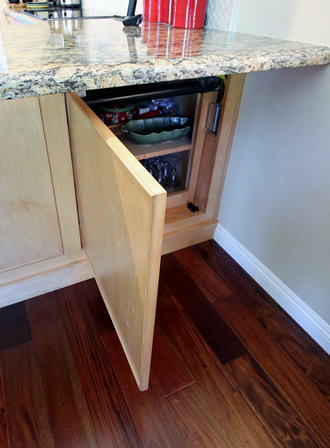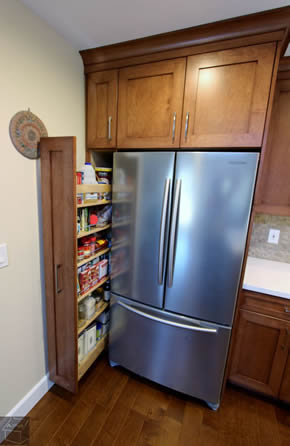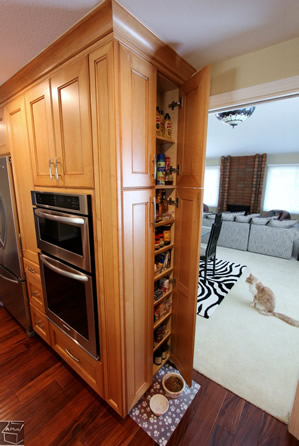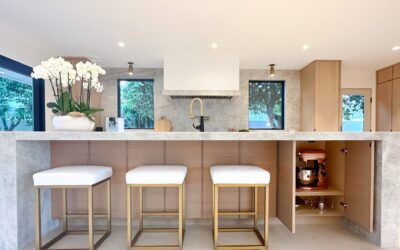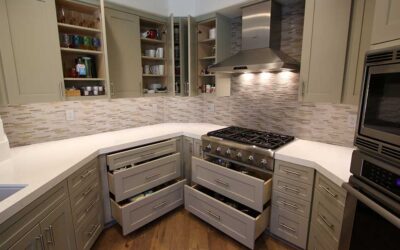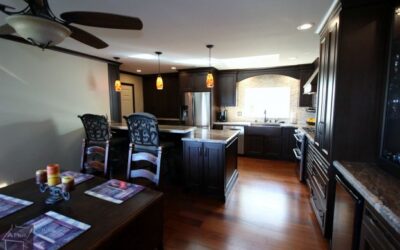Planning a kitchen takes time and effort but it pays off in the long run. A new kitchen is often the second most expensive purchase after the house itself, so take time to plan it well. Do your homework so that you can formulate your ideas into a successful, practical design that will match your individual needs and lifestyle.
Kitchens are busy places with a great deal of activity gravitating in and around them. For many, the kitchen serves several purposes, and it is frequently the most used room in the home. A new kitchen must be planned to meet your specific needs, so before you begin, consider the various demands of those who will use it.
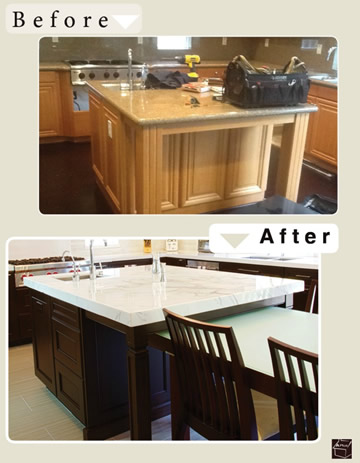
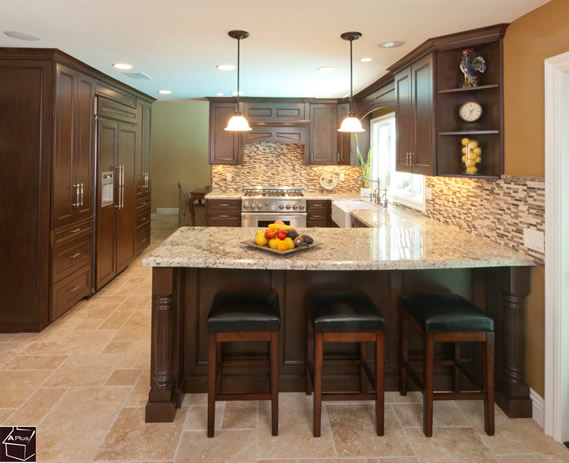
The choices of singles or career couples are likely to differ from those of a family with children and pets. If a member of the family has a physical limitation, their needs have to be taken into account too. Casual entertaining at the kitchen table, where the sounds and smells provide a friendly, relaxed atmosphere for guests, may be a priority. Hobbies and homework also frequently take place in kitchens, enabling parents to cook at the same time as supervising children in a safe environment. If space permits, a couch or armchair may provide a “soft area” for play or watching television. If pets share your home, you will need an area where they can eat that is out of the way and will not obstruct access to equipment or storage.
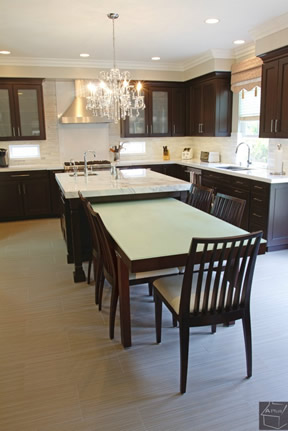
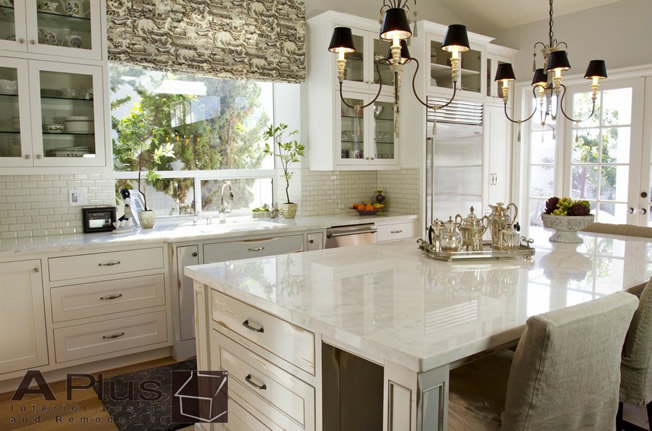
How suitable is your kitchen?
The quickest and simplest option is to remodel an existing kitchen. However, often the shape is restrictive, and architectural features such as windows, doors, or steps are badly positioned for the ideas you have in mind. Look carefully at the room to assess how it functions with other rooms in the home. Do you have to pass through other rooms or walk up and down steps with heavy groceries to reach the present kitchen? Is the kitchen separated from the eating area, necessitating walks between the two and inefficient use of the space between? Is there sufficient floor area within the room for all the standard appliances and cabinets you wish to incorporate? Before embarking on remodeling an existing kitchen, consider various other options: an adjacent room may provide the ideal solution; as an alternative, knocking through an adjoining wall to make one large kitchen room may present a host of new and exciting options.
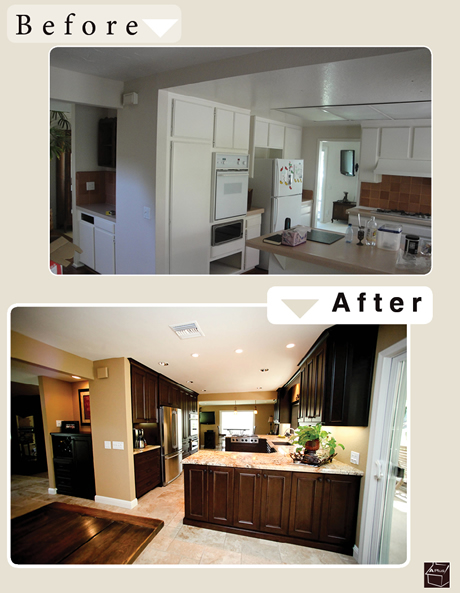
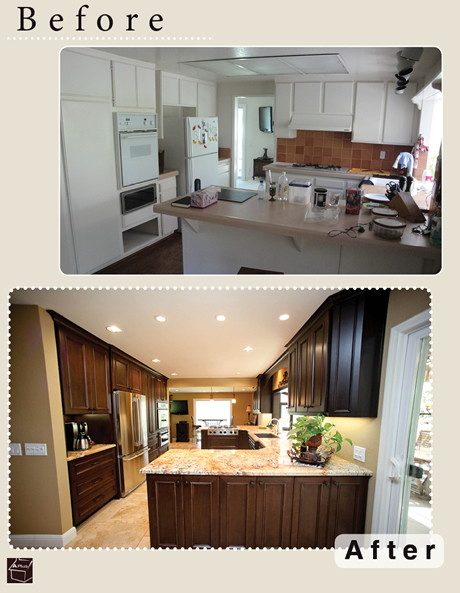
What could you change?
Start by noting any problems you encounter regularly in the existing kitchen that could be improved or replaced. In addition to the cabinets, countertops, flooring, and general color scheme, look at less obvious details: does the window provide enough natural daylight, and is the artificial lighting adaptable enough? Is the sink large enough, and is it comfortable to stand at for long periods? Are there sufficient electrical and plumbing outlets? Could repositioning items such as the heater or window free up enough wall space to create an alternative kitchen layout?
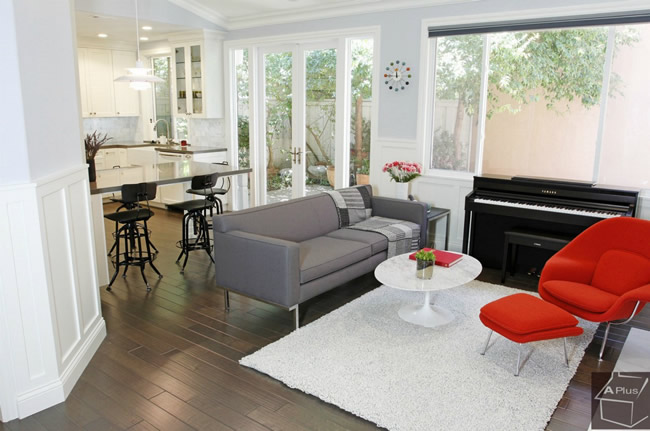
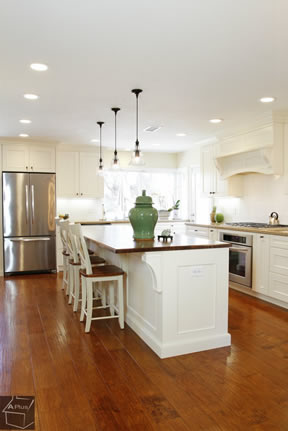
Maximizing efficiency
Space is a key element when planning any kitchen, and maximizing the efficiency of the room – whatever its size – will make it a pleasure to use. Consider the main functions of preparing and cooking food, as well as the other activities that take place in the kitchen: look at how these main activity areas operate in relation to others in the room, and how the space can be organized to link a range of activities successfully. To achieve a good work flow, think about the time spent moving between each activity area and plan how to avoid cramped areas or long walks around widely spaced zones.
All kitchen fittings and equipment need to be functional and easily maintained.
When planning a kitchen, you will need to research all of the options available – cabinets, fittings, surfaces, and appliances – to help you choose the designs that will suit you best.
